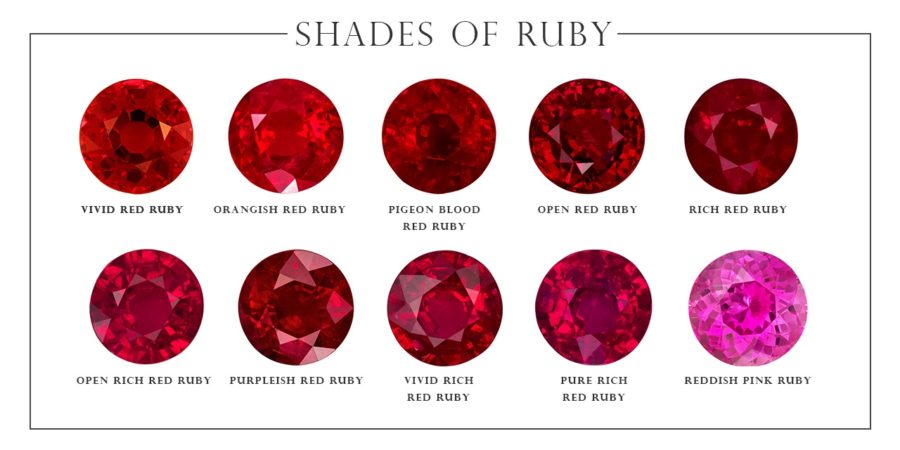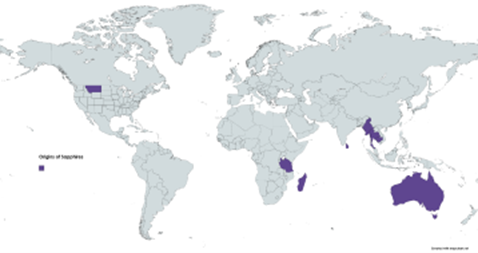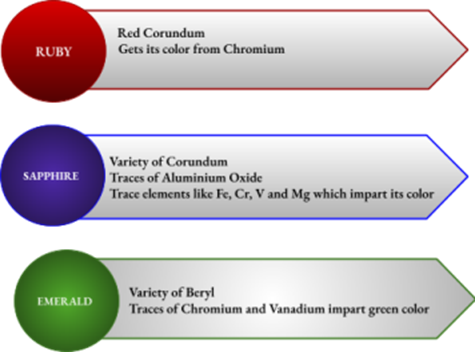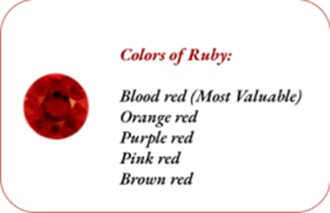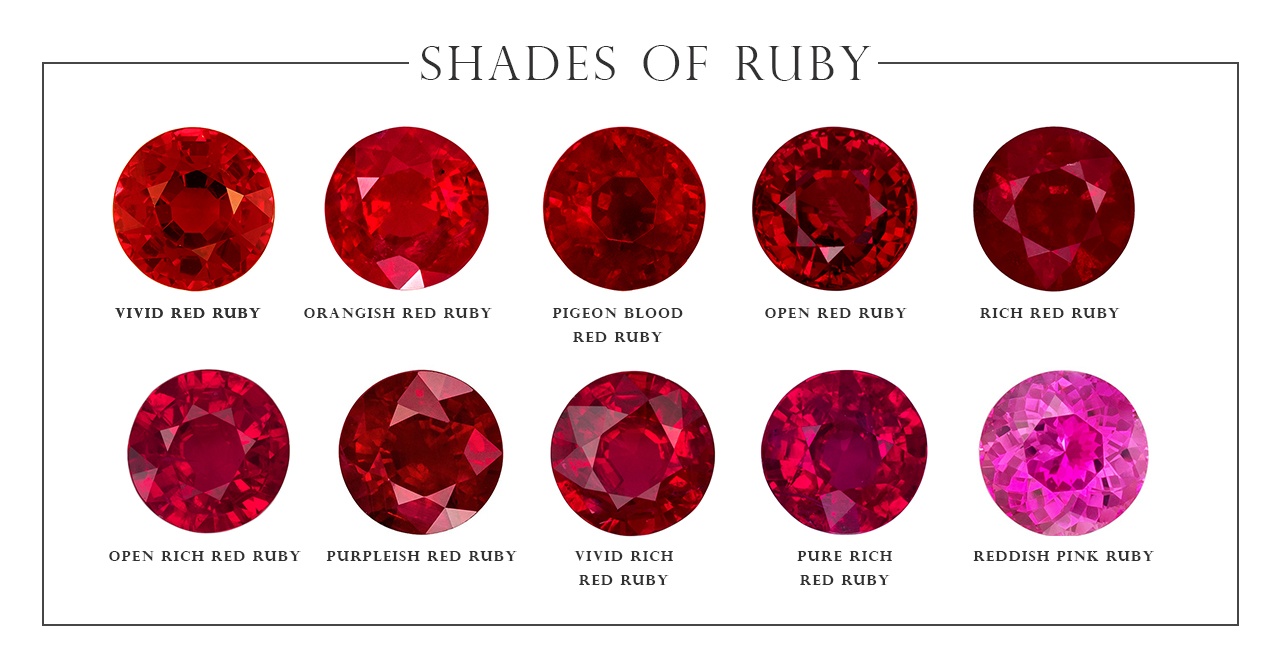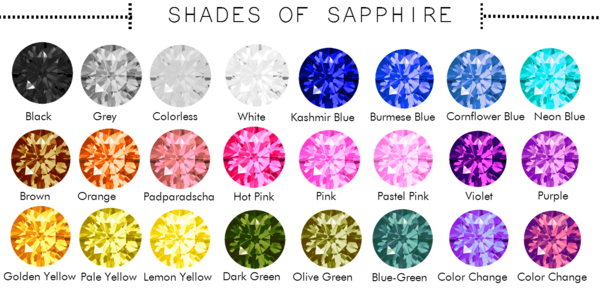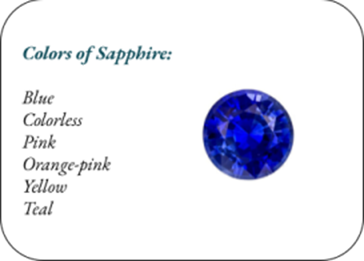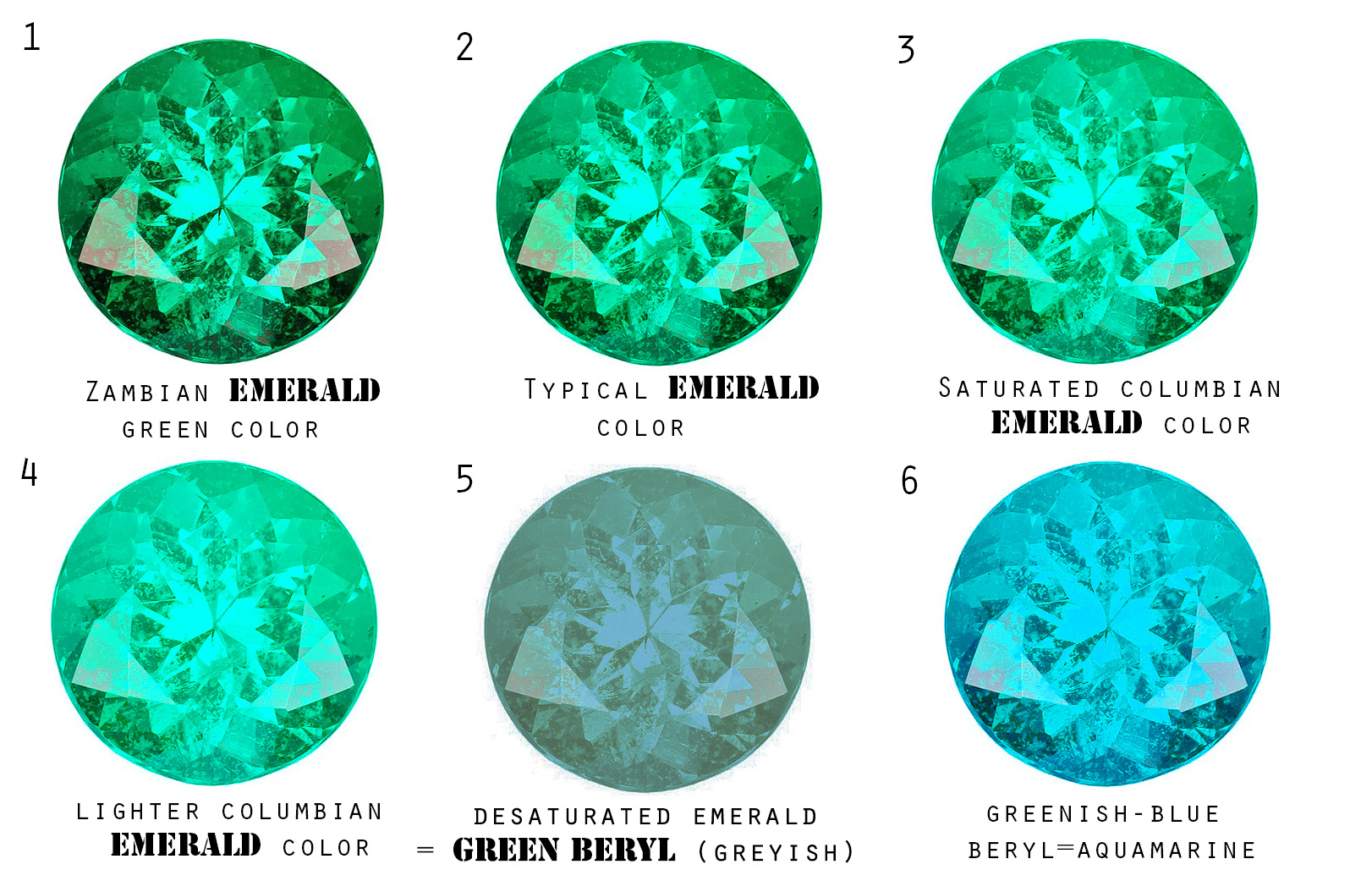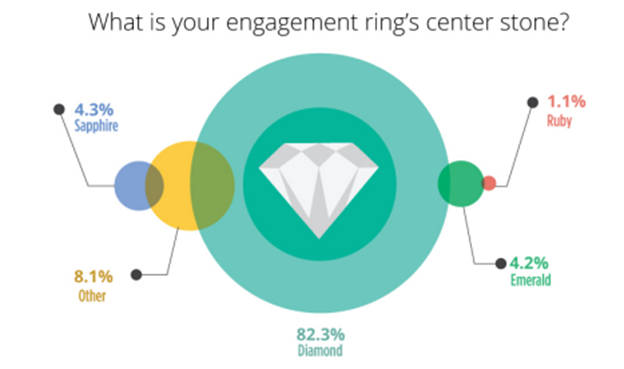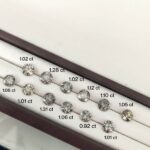Sapphire vs Ruby vs Emerald: Which to Choose from the Big 3 for your Big Day?
Picking out the right gem for your wedding ring can be a daunting task. While you may always go with the crowd favorite – a big, bright, sparkly diamond solitaire, there’s nothing distinctive or unique about them. Diamonds may have been the gem for the D-day for the longest time, but frankly they are quite passe now. And there are some great alternatives in store which offer a bit more flair than the plain old diamond. Not only are these alternative engagement rings unique, vibrant and affordable, they are also sourced in an ethical manner.
The three best alternatives are the big 3 gems i.e. sapphires, rubies and emeralds. They are just as elegant as diamonds and they give that subtle splash of color to make you stand out from the rest on your big day!
What’s the difference between ruby, sapphire and emerald? Let’s find out:
Origins
Sapphire, rubies and emeralds have been around for quite a while now. These precious gems have been traced back to Cleopatra’s royal adornments and the royal treasuries of Greece and Rome, suggesting that they may have had an aristocratic status. Their popularity amongst royalty continued in the modern times as well- the most notable pieces being Queen Elizabeth’s Burmese Ruby tiara and Princess Diana’s 12 Carat Ceylon Sapphire ring.
Although the reserves were discovered long ago, there are still a few deposits which harbor these exquisite gems in abundance. These deposits, spread across the globe, are mined till date actively. The most notable sources are listed below:
Ruby
Rubies are predominantly found in the Asian subcontinent, across countries like Sri Lanka, Myanmar, Thailand, Pakistan and Afghanistan. Few reserves have also been noted in Vietnam and Cambodia. Some of the relatively new deposits of rubies include East Africa and Madagascar. The United States has a few scattered ruby reserves in North Carolina and Montana.
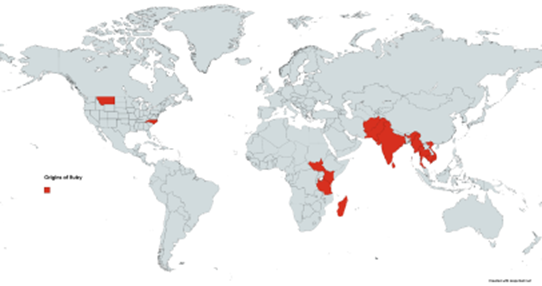
Sapphire:
Sapphires come from all over the world. Deposits are found in Australia, Tanzania, Sri Lanka, Thailand, Madagascar, Tanzania, Myanmar and Montana. Fine blue sapphires are found in Sri Lanka and Madagascar. Madagascar also produces a significant lot of
pink sapphires. Other hues such as yellow sapphires are found across Sri Lanka, Thailand and Australia. Padparadscha, a rare variety of orange-pink sapphires, are mined in Sri Lanka and Madagascar. Teal and mermaid sapphires may be found in Australia and Montana.
Origins of Sapphire
Emerald
The oldest source of emeralds is Columbia, where mining has been continuing since the 1700s. Some of the noteworthy mines in Columbia include Muzo, Chivor and Cozcuez. Bluish emeralds are seen in Brazil while yellowish ones are found in Zambia. Other sources include Ethiopia, North Carolina and Australia.
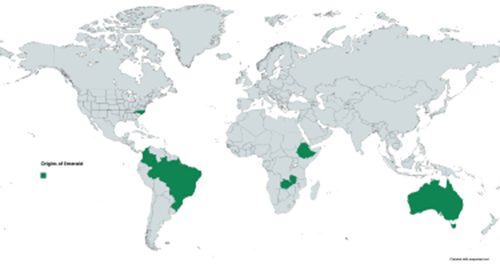
Mineral type
Rubies and sapphires are essentially a variety of the mineral Corundum. When the Corundum has an inherent red hue, it is called ruby. The gems contain traces of elements like Chromium, Vanadium, Magnesium etc which influence the color of these stones. Depending on the amount of these minerals, their colors vary. Emerald is a type of the mineral Beryl mixed with Vanadium or Chromium, which gives it its characteristic green color. Unlike sapphires, emeralds are always found in shades of green.
Colors
Ruby
Any corundum with red hue is classified as ruby. Based on the amount of saturation, the colors may range from blood-red to brown-red. The finest quality rubies are usually vibrant red with a purplish tinge.
Sapphire
Traditionally, sapphires were considered to be blue. Cornflower blue and pure velvety blue are considered to be the most valuable color tones of sapphires. However, of late, a range of sapphire colors have gained popularity like colorless or white sapphires, yellow, pink, teal, orange-pink/padparadscha etc.
The last decade has shown a sharp rise in unusual sapphire colors like teal sapphires, parti sapphires, and the very special mermaid sapphire. The focus has shifted to wild, nature-inspired colors, with a focus on color-changing sapphires and bicolor sapphires. In fact, in a survey conducted by us in 2020 for women under 35 years of age, we found out that 90% of women wanted a unique stone as their engagement ring gemstone. Of this cohort, 35% of women wanted a unique sapphire color – just like teal sapphire.
Emerald
To qualify as emeralds, the gems need to show a primary hue of green. The shades may range anywhere between yellowish-green to bluish-green. Most emeralds are highly saturated and occur in medium to dark tones.
|
FAQ: Are Rubies and Sapphires the same? The difference between rubies and sapphires is mainly their hue. Both are made up of the mineral Corundum. When Corundum is red, they are categorized as rubies. Hence, rubies are essentially red sapphires. |
Quality
Sapphire: Sapphires are graded from type 1 to type 3 with type 1 having no inclusions and being the most valuable kind. Fewer the inclusions, rarer the sapphire.
Ruby: Rubies are graded from VVS to I which depicts gems that are very very slightly included (VVS) to I (I1, I2 and I3) being predominantly included. The other grades include SI1 and SI2, which denotes slightly included gems. Good quality rubies fall under the VVS to SI2 categories.
Emerald: Emeralds are graded in the same manner as Sapphires from type 1 having the least inclusions and type 3 being the most included.
Features of Ruby vs Emerald vs Sapphire
| Features | Ruby | Emerald Sapphire |
| Color |
Primarily Red Can range in different shades of red from blood-red to orange-red, purplish-red to brown-red |
Primary hue – Green
Traditionally Blue Ranges from Available in a range of Yellowish-green to colors – Colorless, Pink, Bluish-green with high Orange, Teal, Blue-Green, saturation and medium Mermaid sapphires, to dark tones Orange-pink/Padparadscha |
| Clarity
Hardness (on Moh’s Hardness Scale) |
Flaws and
inclusions seen commonly 9 Highly durable and scratch resistant |
Inclusions of gasses,
Most natural sapphires minerals, crystals occur come with inclusions frequently 7.5 – 8 9 Not as hard as Durable and suitable for ruby/sapphires everyday wear Very resilient |
| Treatment | Heat treated to
remove silk and purple/blue patches to improve hue |
As gas bubble
Heat treated to enhance inclusions are common, colors they may be subjected to ‘fracture-filling’ to fill Untreated ones rare and the voids created by the highly valuable inclusions |
| Price | 5000-15000 USD per Carat for fine quality rubies | 7500-15000 USD per
Can range from 500-2000 Carat USD per Carat Australian sapphires more affordable |
| Rarity | Untreated rubies rarer than
sapphires, highly valuable |
Rarer than sapphires,
Untreated sapphires like but less rare compared Padparadscha and Ceylon to rubies Blue are quite rare |
Sapphire vs Ruby vs Emerald – Final Verdict
Let’s see how the ‘big 3’ gems fare as alternative engagement ring stones:
A survey on the most popular engagement rings, conducted in 2022, concluded that sapphires and emeralds are the second most sought after choice of gems followed by rubies.
Source: The Engagement Ring Survey, Ringspo
Even though diamonds still hold their number one spot, the percentage of buyers opting for them has come down drastically compared to what it was around a decade ago. Rubies, sapphires and emeralds are excellent alternatives to diamonds. They are suitable for everyday use and are reasonably priced. Moreover, they are available in a variety of different colors which you can customize to suit your taste.
Quick Comparison of Emerald vs Ruby vs Sapphire
Hardness: Emerald < Ruby ~ Sapphire
Price: Sapphire < Emerald ~ Ruby
Rarity: Sapphire < Emerald < Ruby
Value: Emerald ~ Ruby ~ Sapphire
To sum up, choosing between the three gems may prove to be tricky as all of them are unique in their own way and are considered to be quite valuable and the choice ultimately comes down to your personal preference.
